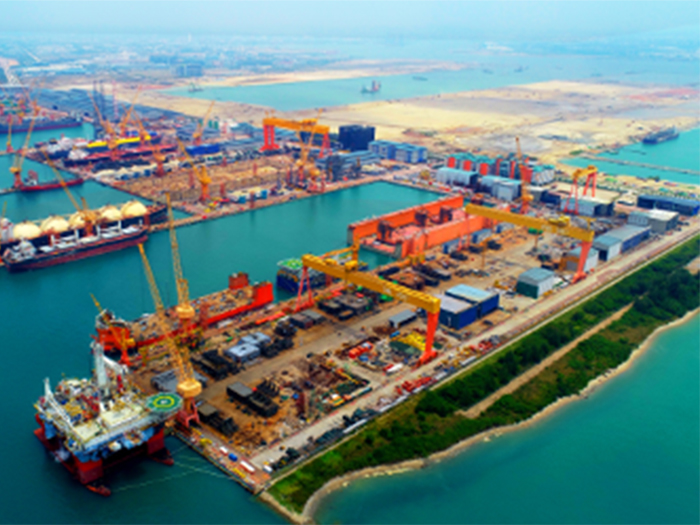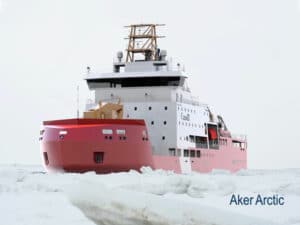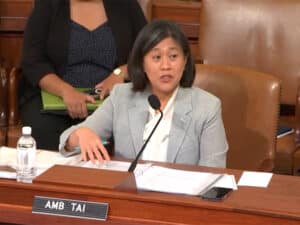
COVID-19: Sembcorp’s Singapore shipyard labor force slashed from 20,000 to 850
Written by Nick Blenkey
Sembcorp Marine’s showcase Tuas Boulevard shipyard
Singapore’s “circuit breaker” measures to limit the spread of coronavirus have had a major impact on Sembcorp Marine. In particular, its Singapore shipyards’ use of migrant workers living in dormitories has been hard hit. Those dormitories have proven to be significant clusters of COVID-19 infections.
“Since April 7 when circuit breaker measures were implemented, we have imposed no-entry into our yards for those workers staying in close proximity to dormitories linked to COVID-19 infections,” says the company in its just-released interim business update for the first quarter of this year. “This was followed by a stand-down of production activities from April 17 for two weeks to further protect our employees and other stakeholders.”
Then, on April 21 when the Ministry of Manpower imposed restriction that disallowed migrant workers from leaving their dormitories for work, “our operating yard workforce of about 20,000 persons was substantially reduced to 850 persons. The reduced workforce was deployed to manage critical works and support yard essential services such as emergency response teams, facilities and utilities management, dormitory operations (including the central kitchen), medical centres and yard security. This was applied to our yards in Singapore. The movement restriction measures and other circuit breaker measures have been extended to June 1, 2020.”
Sembcorp Marine says that yard activities have been severely constrained by the reduced workforce.
“We will continue to assess the impact on our project schedules and are working closely with our customers to manage the ongoing projects during this challenging period,” it says. “We aim to reactivate our workforce and resume work safely and efficiently when the measures are lifted.”
Projects underway at Sembcorp Marine and presumably affected by the drastic labor force reduction include:
- Johan Castberg and Karish newbuild FPSOs;
- Shell Vito and Shell Whale Floating Production Units (FPUs);
- Transocean drill ships;
- Ørsted Hornsea: two offshore wind farm substations;
- Jan De Nul Formosa 2 offshore wind farm jackets fabrication;
- Tyra offshore platforms;
- Norled battery-powered roll-on/roll-off passenger (ROPAX) ferries; and
- MOL LNG bunker vessel.
Other ongoing repairs and upgrades projects include:
- Floating Storage & Regasification Unit (FSRU) Karmol
- LNGT Powership Africa
- FSRU Karmol LNGT Powership Asia; and
- Floating Storage Unit (FSU) LNG Flora.
OIL PRICE COLLAPSE
While COVID-19 has resulted in delays in the execution and completion of existing projects, says Sembcorp Marine, “the collapse in oil prices has significantly affected our securing of new orders for the foreseeable future.”
OUTLOOK
The interim business update says that except for the Repairs and Upgrades, the group’s business activity levels for all other segments remain low . Overall business volumes for all segments are expected to further weaken for the rest of the year.
Challenges have intensified, particularly due to the COVID-19 disruption of supply chains and the resulting impact on the timely execution of our projects.
The effects of COVID-19 as well as the low oil prices on projects’ FIDs (Final Investment Decisions) will continue to adversely affect new orders in the foreseeable quarters.
In light of the challenging and deteriorating business environment, our current priority is to ensure that we have adequate liquidity to sustain operations and ride through this severe downturn. We continue to focus on safe and timely execution of our projects and to hunt for pockets of opportunities less affected by the current business climate. The group expects the previous trend of losses to continue in the foreseeable quarters.




